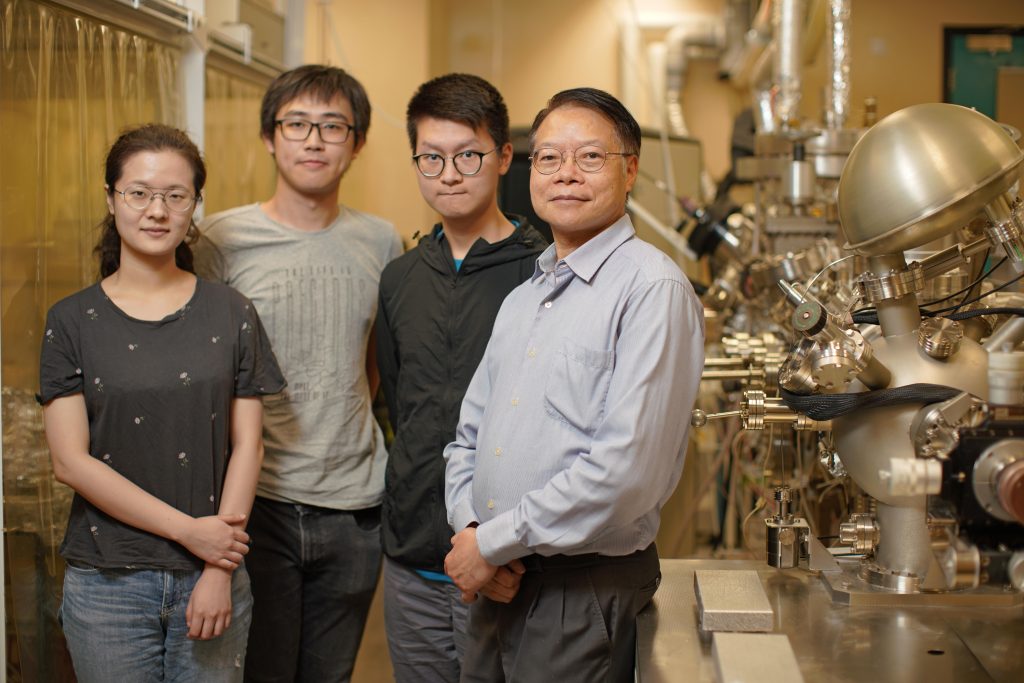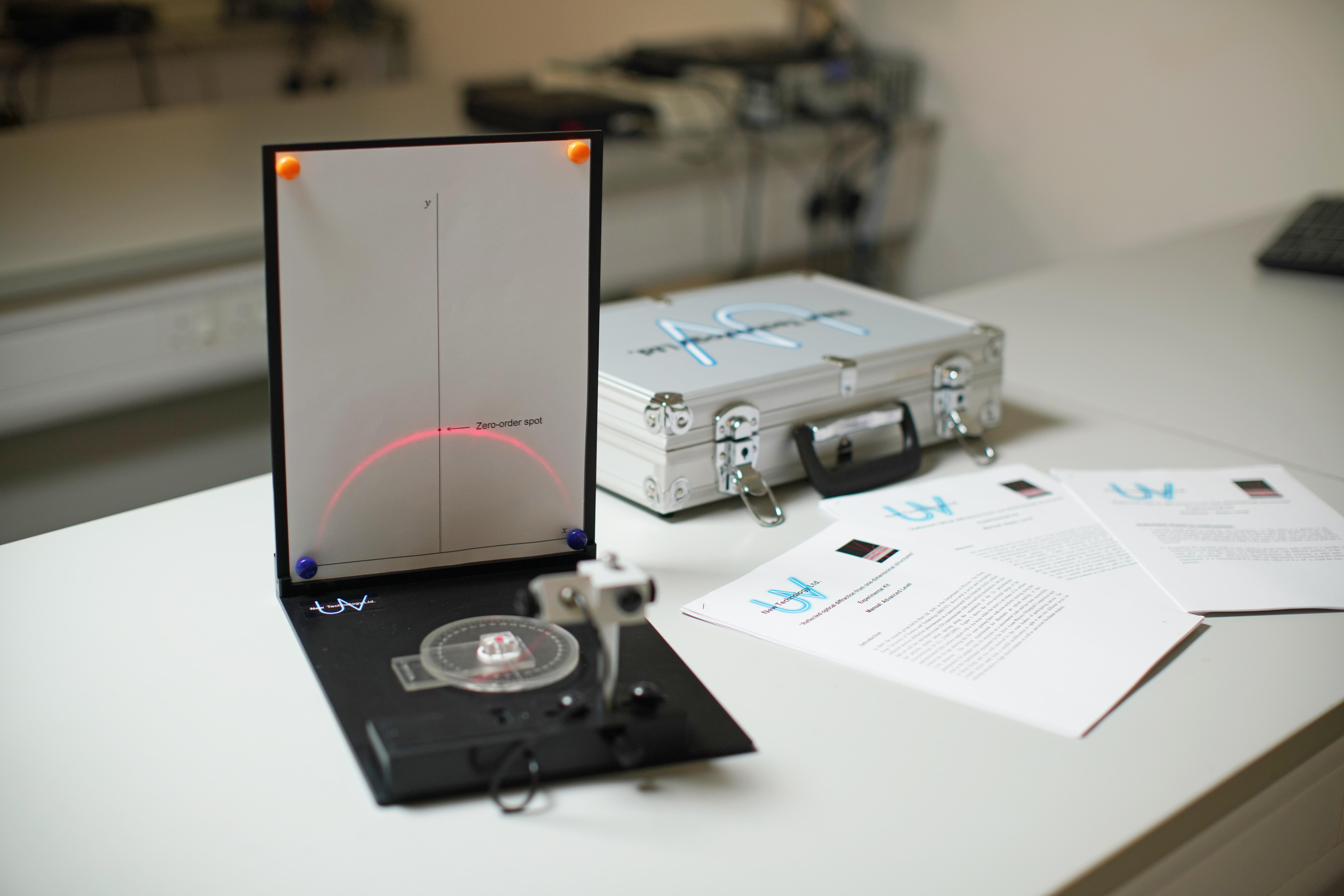Igniting Passion for Physics
October 31, 2019
Effective STEM (Science, Technology, Engineering and Mathematics) education is a major challenge in Hong Kong’s schools and institutions, which have struggled with a lack of talent, time, and tools to support teaching, resulting from an exam-oriented culture and a staid system of learning.
As an advocate for STEM education, Prof. Philip SOU Iam-Keong from the Department of Physics believes that it is important for STEM education to not stay in its current “Mickey Mouse” format but leverage existing technology and highlight discoveries from the most recent research so students can learn new knowledge. However, he also acknowledges teachers’ immense difficulty in teaching STEM subjects as they have no time to catch up with the latest scientific and technological innovations.
“In schools, most of the teachers are too busy to engage in STEM, even though the government has allocated funds for STEM education, they are unwilling to pursue it,” comments Prof. Sou.
As a diligent scholar in his field of study, Prof. Sou has published more than 160 cited research papers in relation to complex physics. But deep down he is keen to spread the simple joy of physics to students around him, and to teach them to change things for the better through practical application.
Therefore, Prof. Sou has created an experimental kit, derived from his accidental discovery of a novel reflected electron diffraction phenomenon. The idea for this kit started in 2015, when Prof. Sou was assigned to be a question setter for an experimental examination of the 2016 Asian Physics Olympiad Competition. The question must be related to the faculty's research strength, so Prof. Sou decided to develop this kit which could demonstrate real life examples and theoretical applications, eventually making it the ideal tool to promote STEM in high schools and universities.
The set, comprising of 10 key components including light mechanisms via laser diode, a rotating dial, and observation board that deftly illustrates electron diffraction and optical diffraction, can be easily assembled. As a package, students get to have hands-on experiment for testing optical alignment skills and learn the linkage between periodicity and randomness.
“It is reasonably priced for educators and is a great help for teachers who need to teach STEM education and find it difficult to prepare materials,” Prof. Sou says.
He also added a presentation about the kit to his department’s "mini-lectures" outreach activity that allows trained undergraduate students to deliver small scale lectures to students of local high schools with demonstrations aiming to arouse their interest in physical sciences. He is also planning to join the Hong Kong Education City to promote the kit to local physics teachers.
Not only was the kit well received in high schools, tertiary institutions such as the University of Macau, the University of Science and Technology of China, Southern University of Science and Technology and Jinan University also looked into the possibility to use the kit to teach their freshmen. Prof. Sou thus developed two learning levels of the kit tailor-made for high school and university students.
Some teachers in Macau even used his kit to develop games. Based on the quantitative experiments following the manual, students get to compete with each other to find the answer first to open a digital lock. This way, it makes the learning more fun and engaging.
STEM relies on technology and experiments, it is important to practise its use in the classroom, Prof. Sou stresses. But he understands that his effort alone is not enough to create a new culture of learning and teaching in schools. Instead, he wants to set an example for the higher education academia – incorporating their latest researches into creative STEM tools. Providing students with these learning experiences helps transform the classroom into a place where hands-on learning and real-world application thrive.


